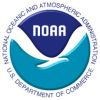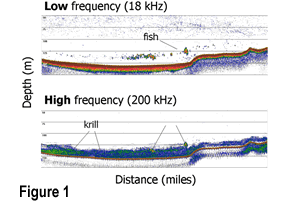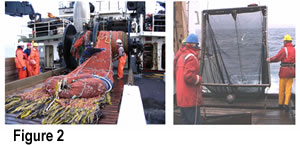

 |
| Home | Daily Log | About the Research | Images and Video | Maps | Data | Q&A | Links |
| Introduction | Operations Plan | Physical Oceanography | Nutrient Chemistry | Phytoplankton | Zooplankton | Acoustics/Fish | Seabirds | Marine Mammals/Seals |

Bering Sea-Ice Expedition Research Activities - Fish and Acoustics |
|
The NOAA Ship Miller
Freeman will
join the Research Vessel Thomas
G. Thompson
at the Bering Sea ice edge for several days in the middle of the cruise
in order to study the relationship between the abundance of fish and other
animals and the position of the sea ice edge. Previous work has shown
that many fishes avoid very cold temperatures,
|
| Privacy | Disclaimer | Accessibility | Contact Us |

